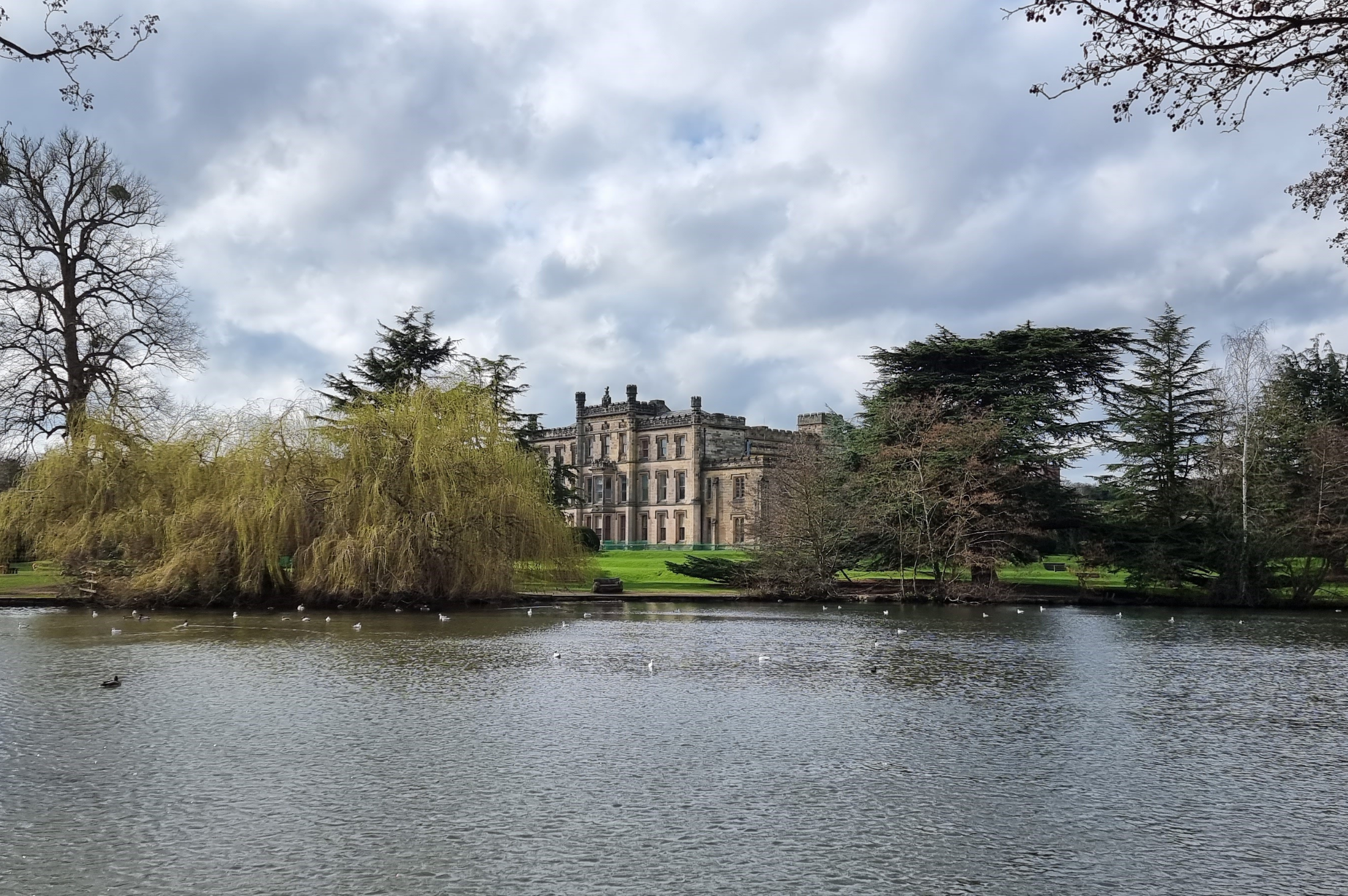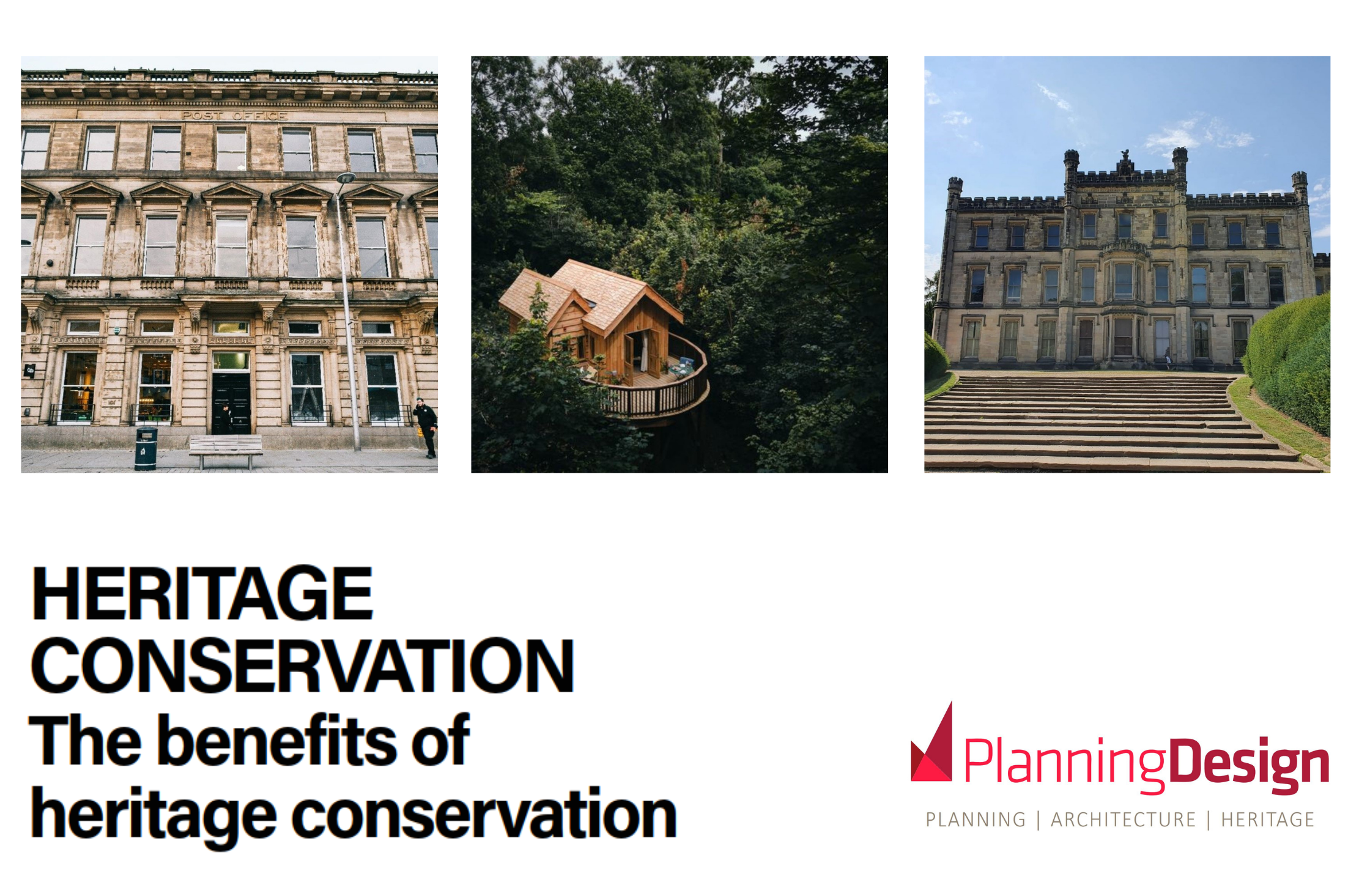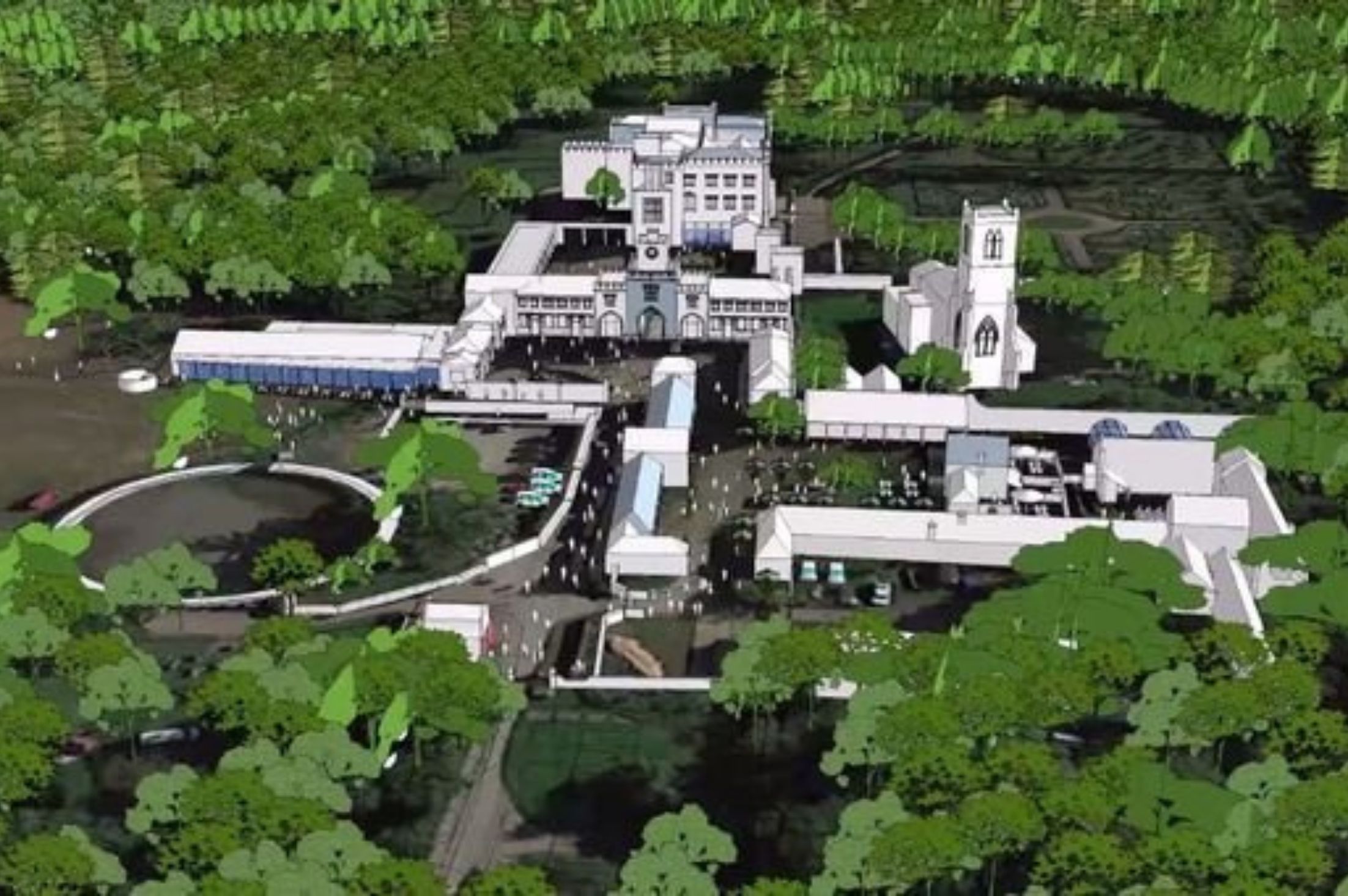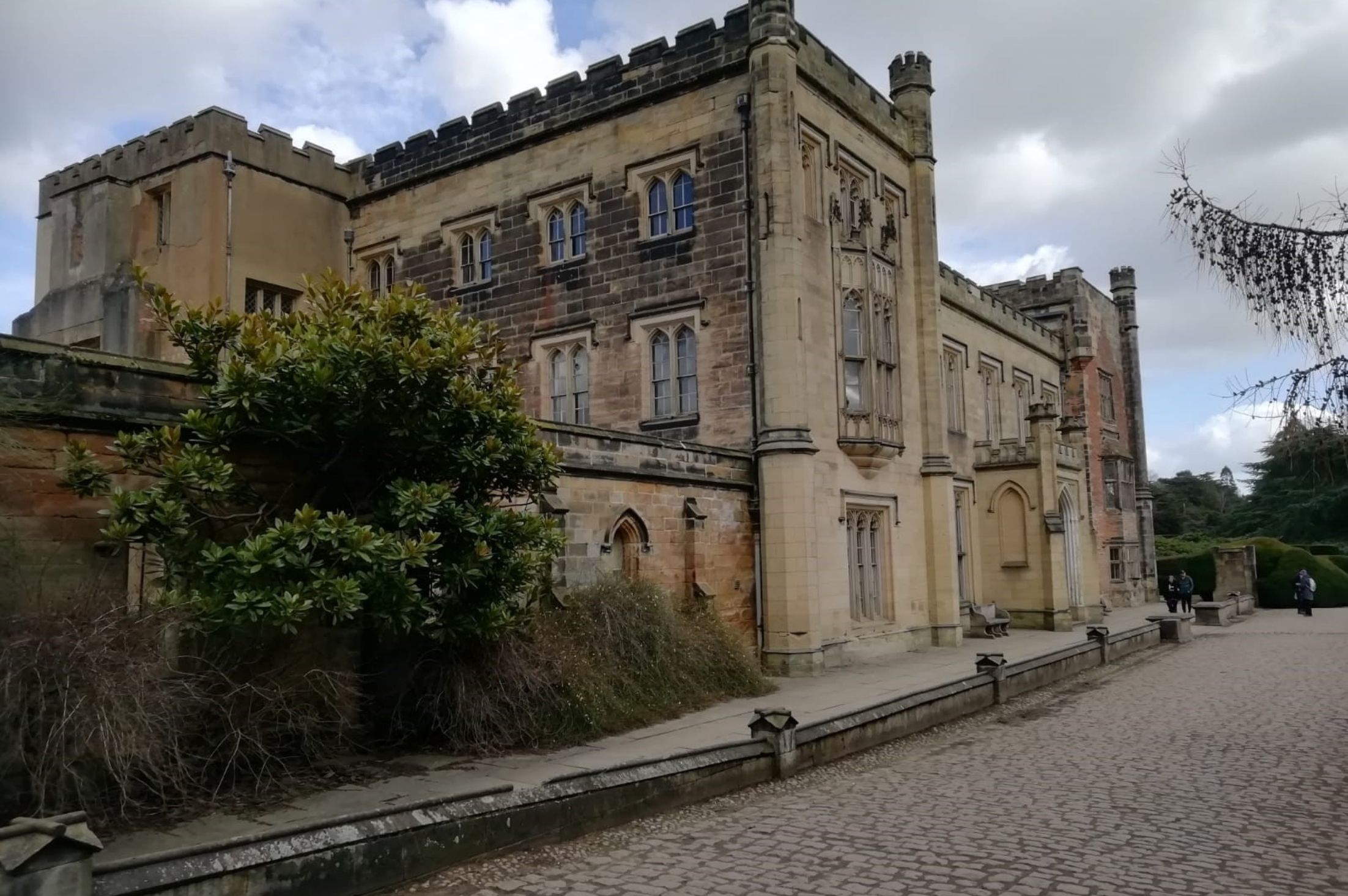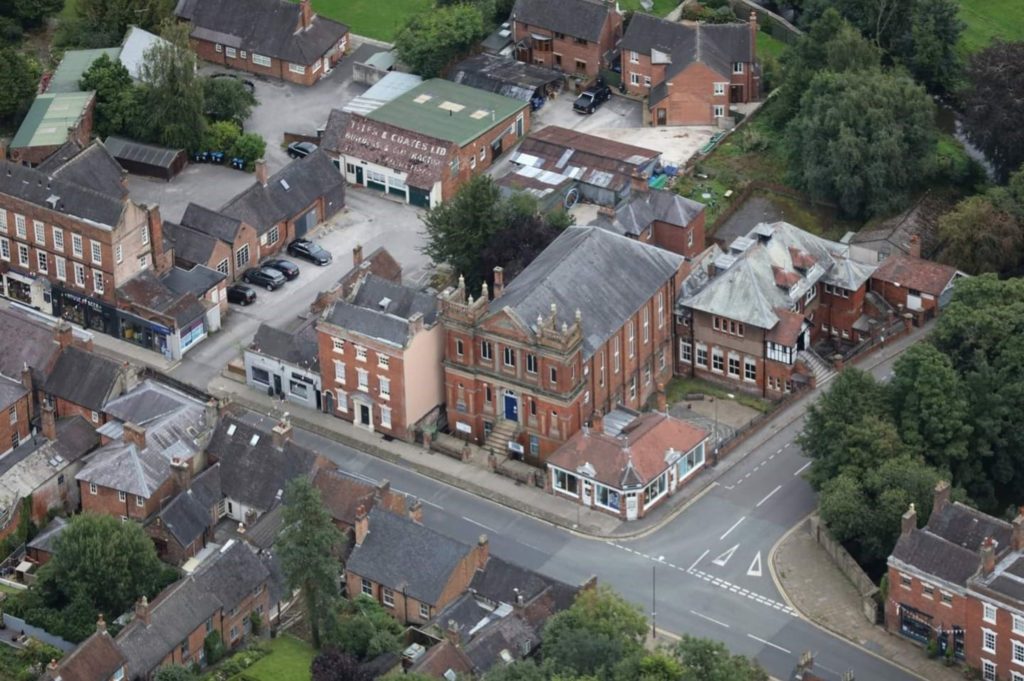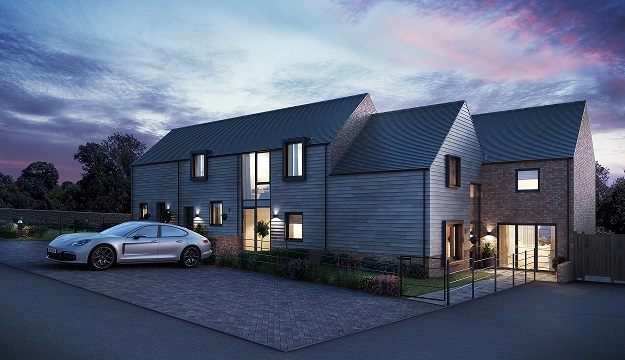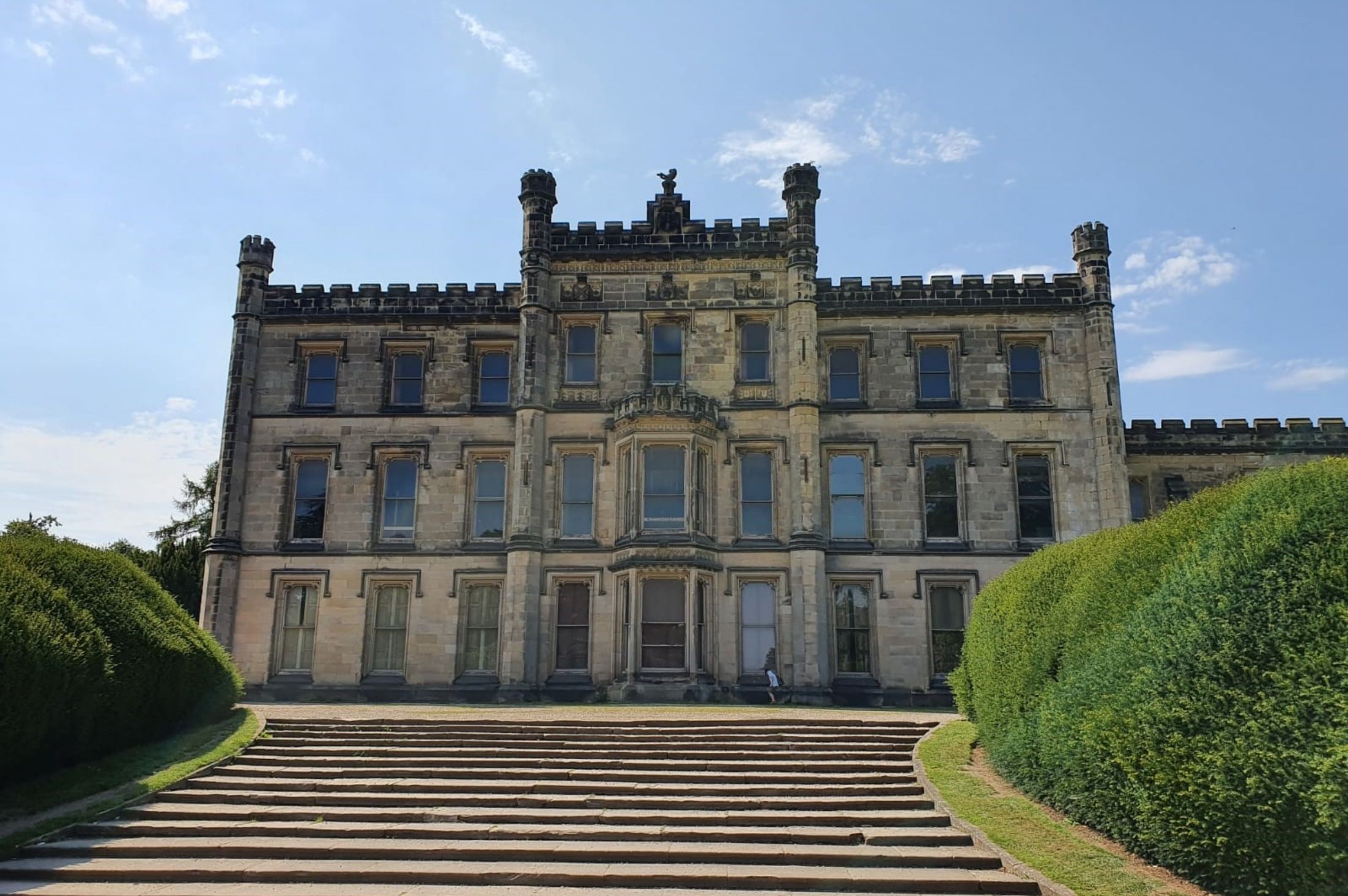Jon Millhouse, both a Chartered Town Planner and a Full Member of the Institute of Historic Building Conservation, with a specialist interest in Historic Building Conservation provides his Spring update on several of the interesting heritage and conservation projects that Planning & Design Practice are currently engaged with.
As 2022 starts, with a sense of cautious optimism as we learn to live with Covid and embrace the new normal of the pandemic, it’s been rewarding to see progress being made on a number of the Heritage projects that the team here at Planning & Design Practice are working on.
It’s a great step forward for the project that planning/ listed building applications for the first phase of the proposed £35 million restoration and transformation of Elvaston Castle Country Park have been submitted to both Derbyshire County Council and South Derbyshire District Council.
The proposals aim to reverse decades of under investment and secure the future of the 321-acre Derbyshire estate, which includes the historic Grade II* listed gardens. The proposals include the conversion and extension of existing buildings to create new and improved commercial, recreational and educational uses and the construction of a new roundabout, access drive, delivery drive and car park.
We are working with Derbyshire County Council and Elvaston Castle and Garden Trust, together with the National Trust as Heritage Planning Consultants on the project.
A comprehensive public consultation exercise was undertaken in the Autumn of last year and members of the public can view the application, plans and the other documents submitted at Derbyshire County Council, County Hall, Matlock, Derbyshire, DE4 3AG, online at www.derbyshire.gov.uk or at the Planning Department, South Derbyshire District Council, Civic Way, Swadlincote, Derbyshire, DE11 0AH.
We are pleased to be working with Belper Rugby Club to secure planning permission for an extension to their club house. This is set within an historic context being located within the Derwent Valley Mills World Heritage Site, next to Grade II listed Babington Hospital. The hospital, which was previously the Belper Workhouse was designed by the famous Architect George Gilbert Scott, who also co-designed the Houses of Parliament. Founded by teachers and pupils from Belper High School in 1975, we’re looking forward to playing a part in the future of the Club.
Having worked on the original in 2013, we are pleased to have been asked to write an updated version of the Ripley Neighbourhood plan, with the town council to consult on this new draft. The Neighbourhood Area covers the whole of the parish of Ripley and sets out planning policies for this area until 2028. The Ripley Neighbourhood Plan forms part of the Development Plan for the area and will be used through the planning process to assess future development proposals. We have included some new policies with the aim of recognising the, to my mind, the often-overlooked heritage of this town within the Amber Valley.
Having obtained reserved matters approval last Autumn for a new shop, cafe, and plant sales area at Glapwell Nurseries, we are pleased to see that work has started on the construction of 64 new homes on the site by our client Meadowview Homes, for which we also achieved reserved matters approval. A Derbyshire based bespoke house builder Meadowview have purchased and will be developing the residential part of the approved Glapwell Nurseries development. The sensitive redevelopment of the site will also see the restoration of a Grade II listed, 11th Century Bothy, the protection of an historic wall and a new public art installation to celebrate sites history.
For updates on these projects and more information on all things planning and architecture related, as well as expert advice and opinion, sign up to receive our free Monthly Newsletter.
Jon Millhouse, Director, Planning & Design Practice Ltd
